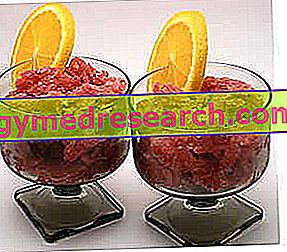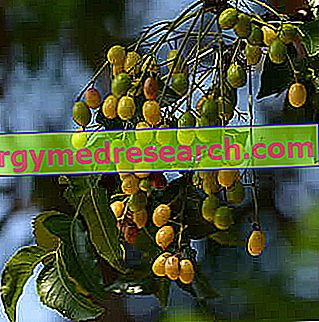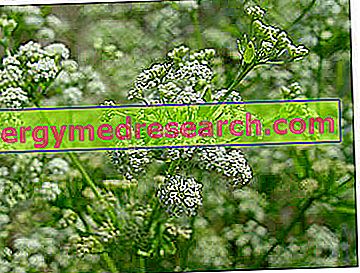
Scientific name
Berberis vulgarisFamily
BerberidaceaeOrigin
EuropeSynonyms
Barberry
Used Parts
The fruits, bark and roots are used as a source of active ingredients.
Chemical constituents
- Polyphenols;
- Essential oil;
- Alkaloids (berberine, berbamine, magniglorine).
Barberry in Herbalist: Property of the Barberry
The barberry, used in the past as a bitter-tonic, purifying the blood and urinary disinfectant, can be nephrotoxic and cause side effects on the cardiorespiratory apparatus (vasodilatory properties and slowing of cardiac activity); therefore, its use as a phytotherapy is to be abandoned.
The cosmetic use of barberry is specifically prohibited.
Biological activity
The fruits of the barberry are used as a rich natural source of vitamin C. This vitamin is very important for the body, since it is able to stimulate the activity of the immune system and promotes the absorption of iron.
Moreover, the fruits of the barberry - thanks to the chlorogenic acid they contain - are also able to exert a mild diuretic action.
The extracts of bark of barberry root, on the other hand, following studies carried out on animals, have been shown to have hypotensive activity and to exert an inotropic action both positive and negative, depending on the amount of extract that is administered.
However, other studies have shown that the aforementioned extracts are able to increase the flow and excretion of bile (cholagogue effect).
Finally, febrifuge properties (confirmed by studies conducted on animals), antibiotics and stimulating intestinal peristalsis are also ascribed to the bark of the barberry roots.
However, despite the encouraging results obtained from these preliminary studies, the use of barberry has not obtained official approval for any type of therapeutic indication.
Barberry in folk medicine and homeopathy
In folk medicine, the fruits of barberry are used as a preventive remedy in individuals with predisposition to developing infections and as a remedy for the treatment of digestive disorders, loss of appetite, stomach cramps, constipation, liver disorders, lung diseases, diseases from cooling and urinary tract disorders.
Instead, barberry bark is used in traditional medicine for the treatment of hepatobiliary dysfunctions, jaundice, splenopathy, gout, diarrhea, digestive problems, kidney and urinary tract diseases, hemorrhoids, lumbago, arthritis, rheumatic pains and even for the treatment of diseases such as tuberculosis, malaria and leishmaniasis.
The barberry is also used in homeopathic medicine, where it can be found in the form of granules, oral drops, solution for internal use and mother tincture.
In this context the plant is used in case of liver problems, gout, joint pains, rheumatism, dermatosis and urinary stones.
The amount of homeopathic remedy to be taken can vary from one individual to another, also depending on the type of disorder that needs to be treated and according to the type of preparation and homeopathic dilution that you want to use.
Side effects
As mentioned, the barberry can exert a nephrotoxic effect and can cause side effects at cardiorespiratory level.
The symptoms of barberry poisoning consist of: epistaxis, dizziness, nausea, diarrhea and nephritis.
Contraindications
Avoid using barberry in the case of cardiorespiratory insufficiency and hypersensitivity to one or more components.
Pharmacological Interactions
- respiratory analectic drugs;
- cardioactive glycosides.



